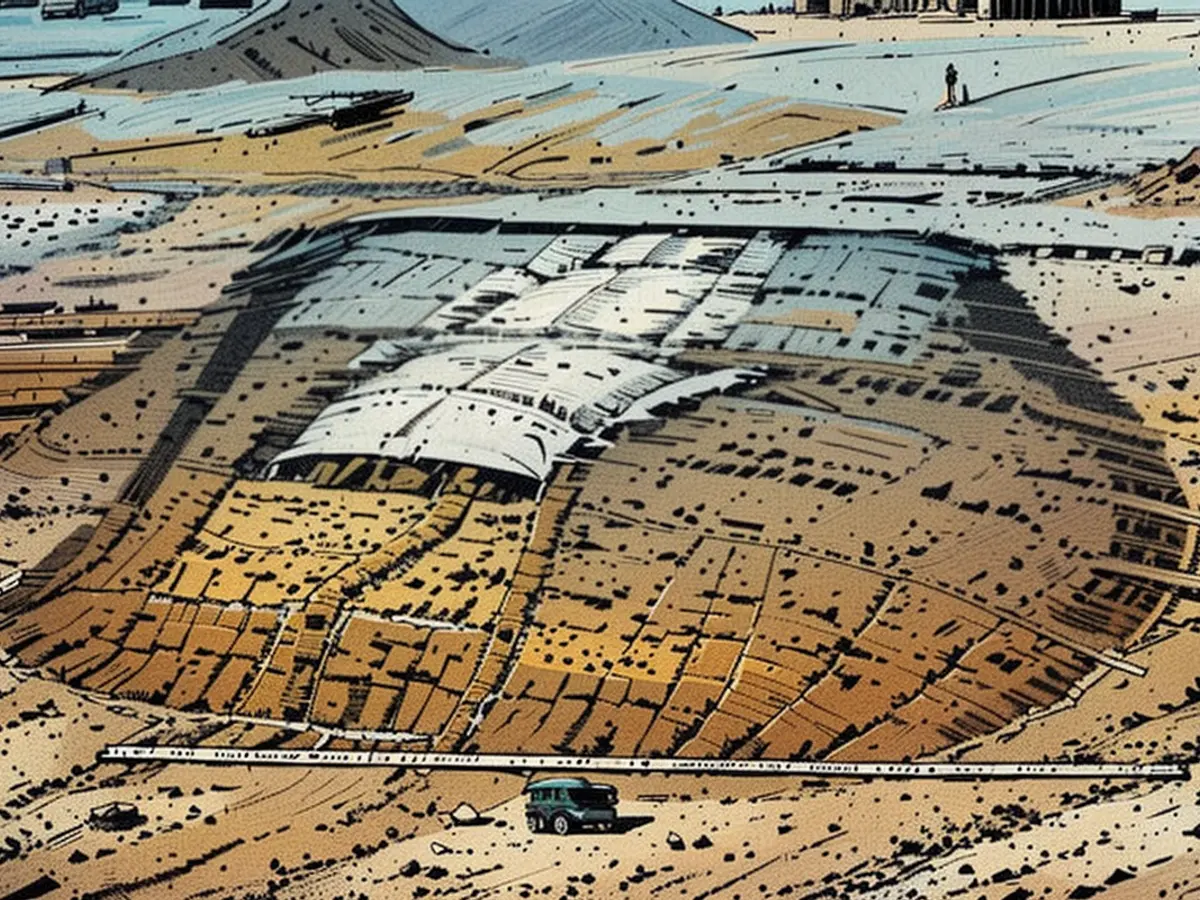- Medieval settlement discovered north of Munich
During construction work in Oberschleißheim, remnants of an hitherto unknown medieval settlement have been discovered. The find on the grounds of the Federal Office for Radiation Protection (BfS) includes house foundations, ovens, pit-houses, and cellars, as well as traces of a church from the period of the 9th to 13th centuries AD, as experts from the Bavarian State Office for the Preservation of Monuments (BLfD) reported.
The excavations thus provide rare and comprehensive insights into the development and organization of high medieval settlements in the region. Research in historical maps or other written sources might yield a place name.
In the center of the settlement, the outline of a church with an apse has been exposed. Around the church building, archaeologists have discovered about 20 burials. Below the former church floor, indications of another grave pit have been found, whose secrets still need to be revealed.
"Burial within the interior of a church was rare in the early Middle Ages and reserved for high-ranking individuals," said Jochen Haberstroh, deputy head of the Department of Archaeological Heritage Preservation at the BLfD. "The discovery of this settlement helps us better understand the history of the region at the time of Munich's founding."
Early medieval settlement remains have been found repeatedly on the Munich gravel plain due to increased construction activities. However, this find is particularly informative due to its completeness. Why the former settlement in the Neuherberg district of Oberschleißheim was abandoned around the year 1300 is still under investigation. Scientists will analyze soil samples and examine the burials more closely for this purpose.
Once the archaeological work is completed, a new building for the more than 200 employees of the Federal Office for Radiation Protection is to be built on the site. "The excavations and their exciting results show that the location in the north of Munich was already attractive in the past - and that there is still much to research," said BfS President Inge Paulini.
The discovery of the medieval settlement during construction work opens up opportunities for further [Construction] plans, but care must be taken to preserve the historical site. The unearthed church and burials suggest a significant role of religion and social hierarchy in the high medieval period, offering valuable insights for historical studies.








